SEE & DO
This is a list of my favourite Tokyo experiences, and give a varied perspective of the daily life, culture and history of this immense and immensely charming city.
These are also good sources of information for what’s on: Time Out Tokyo and Metropolis Tokyo
"It was still early in the evening when we emerged onto a street in Tsukiji, near the fish market. From the top of the pedestrian overpass we caught a glimpse of Hongan-ji Temple … The road leading to Kachidoki Bridge was wide but dimly lit, with few shops or restaurants and only the occasional passing car. I'd never been here before. This was a very different Tokyo from places like Shibuya or Shinjuku. Wooden bait-and-tackle shops with disintegrating roofs and broken signs stood next to shiny new convenience stores, and futuristic highrise apartment complexes rose skyward on either side of narrow, retro streets lined with wholesalers of dried fish."
- Ryu Murakami, In the Miso Soup
- Ryu Murakami, In the Miso Soup
Sky-high view. I like the view and cocktail option at Cerulean Tower’s Bar Bellovisto up on Floor 42. The view rivals Lost in Translation’s Park Hyatt IMHO and there’s no queues. If you want to get up close and personal with Tokyo Tower, go to the Sky Lounge Stellar Garden at Prince Park Hotel. Other decent views are from the top of the Tokyo Metropolitan building, Mori Gallery cafe or Mori City View, Ritz Carlton Bar.
Read: Where to get a drink with a view
Read: Where to get a drink with a view

Teahouse. Yakumo Saryo and Higashiya Ginza are stunning modern takes on traditional teahouses designed by the wabi-sabi wizard, Shinichiro Ogata. Kosoan in Meguro is a calm little hideout.
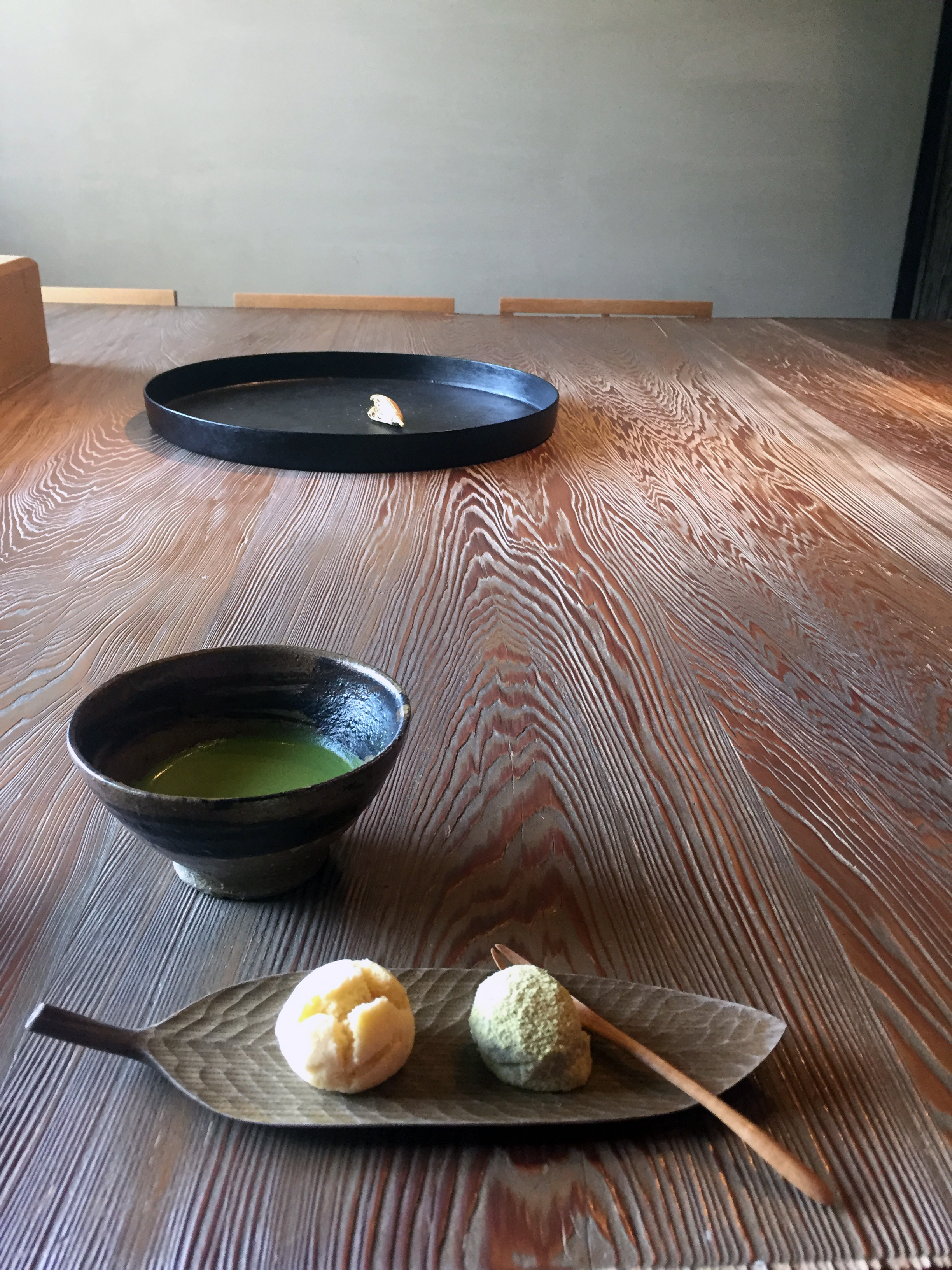
Depachika. Join the locals shopping for food at these underground food wonderlands (depa = department store; chika = basement). Be prepared to lose several hours browsing (and if you time it right, sampling) ready-made food, Japanese sweets, pastries, tea, booze and more. Try: Tokyu Food Store (Shibuya) - take your packed lunch to Yoyogi Koen; Matsuya (Ginza); Mitsukoshi (Ginza, Nihonbashi) - take your packed lunch up to the open-air seating on level 9, or nearby Hamarikyu gardens; Isetan (Shinjuku) - take it to Shinjuku Gyoen gardens.
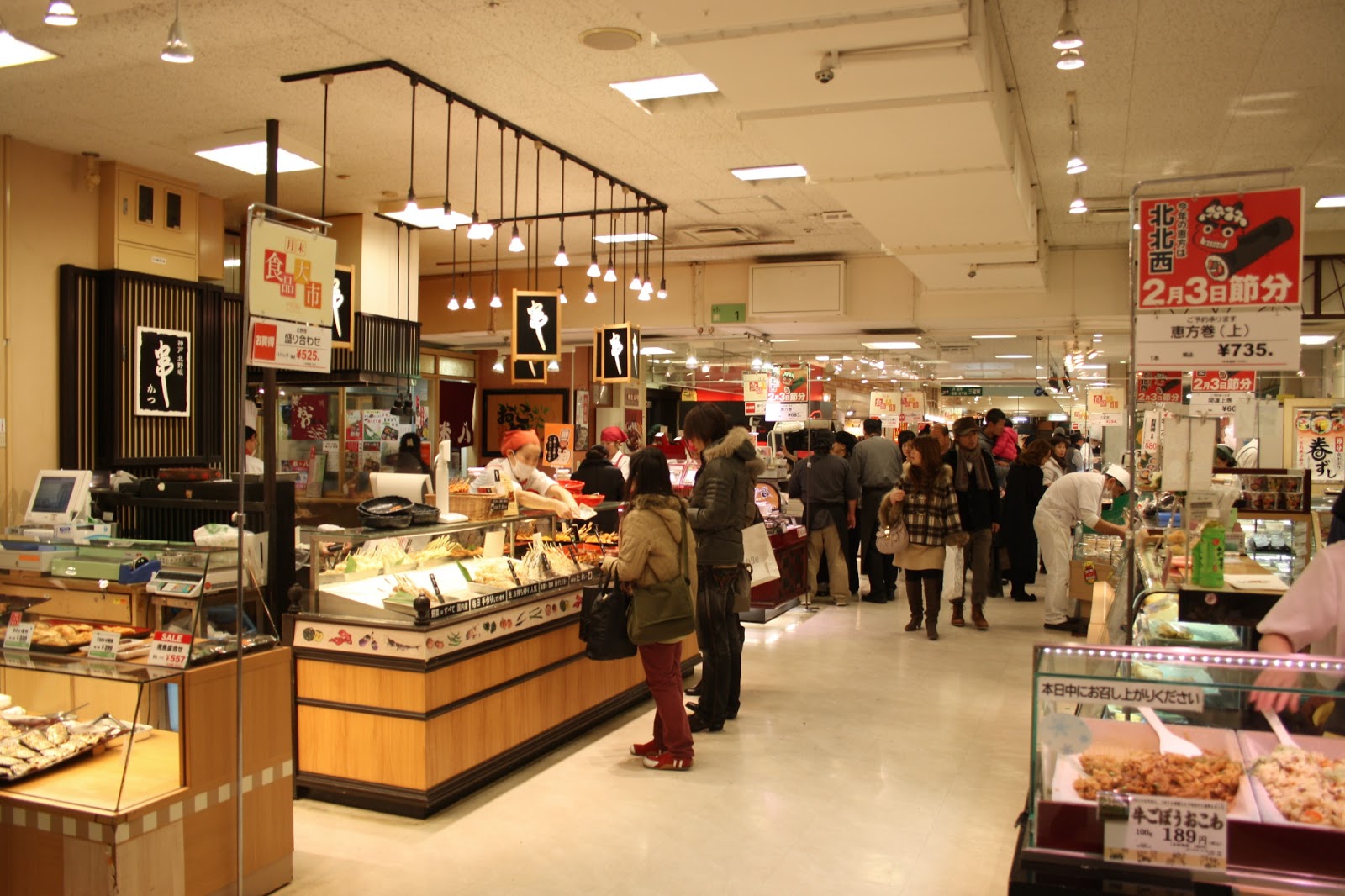
Galleries/ museums. The Nezu Museum in Aoyama for traditional Japanese arts and crafts (impressive, not yawn) and beautiful serene gardens. Another gallery you’d go to regardless of exhibition is 21 Design Sight in Roppongi, designed by Ando Tadao and Issey Miyake, and has interesting design-based exhibitions. The Mori Museum is in Mori Tower at Roppongi Hills gets a varied range of big-scale exhibtions, and you can then go for a champagne to see the view from the restaurant just outside the gallery. The Edo Museum and Hokusai Museum are both in Eastern Tokyo, in the Ryogoku area (where sumo is held). The Edo museum shows life in old Tokyo (Edo), and the recently opened Hokusai museum dedicated to the famous ukiyo-e artist. Tokyo Photographic Musuem in Ebisu is definitely worth a look for photography enthusiasts. Take the lift up to the top of the Garden Place Tower after to check the view.

UNU Farmers Markets. Open every Saturday/ Sunday, 10am-4pm in Aoyama, grab fresh produce, taste tasters, chat with farmers, stroll around with a coffee/ beer – what more could you want in a morning? They also have festivals almost every weekend.. sake, coffe, wine, craft, vintage clothes, beer, bread.

Drink & eat while you stand. Tachinomi (lit “stand-drink”) and tachigui (stand-eat) places can be found all over Tokyo. Pop into anywhere you pass where you see people standing and drinking.
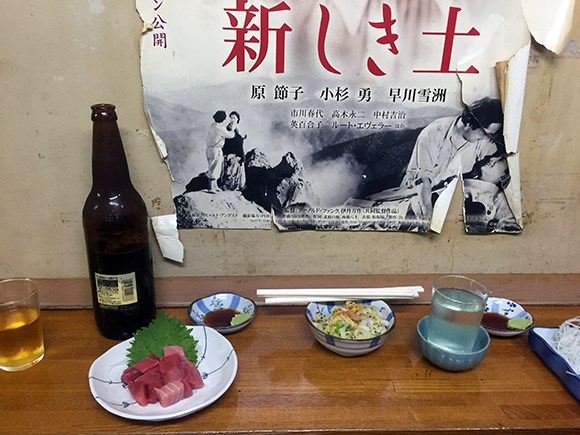
Traditional gardens. Hamarikyu Gardens in near Ginza is hundreds of years old, built as the Emperor's duck hunting ground. Hot tip: go to Mitsukoshi food hall and get things for a picnic. There’s many others too.

Sento. These public bathhouses are an instant insight into traditional Japanese culture, and a good place to go to get extremely clean and relaxed. Take your shoes off before entering and place them in the little cubby houses, buy a ticket from the vending machine (it’s the best 460 yen you’ll spend) and hand it to the reception staff, wash yourself on the little seats before getting into the bath. Just watch what other people do really.. the logistics are worth it. If you don’t have a towel with you, you can buy a ticket for this from the vending machine. If you don’t have toiletries, they will sometimes be supplied in the bathhouse, otherwise can be purchased at reception (or from a nearby convenience store). Here’s a list of some. And if you can, check those designed by Kentaro Imai.
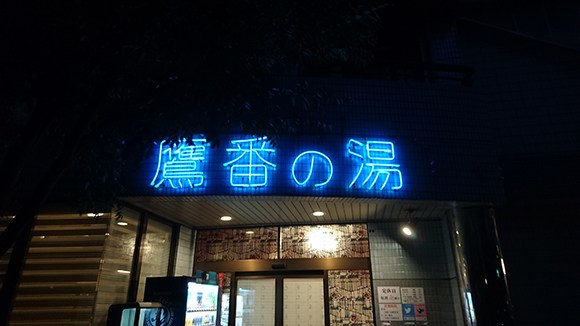
Yokocho (alleyway). These make for a fun (and usually fairly cheap, depending on the amount of sake put away) night out for dinner and drinks in spacially bizarre settings. Ebisu yokocho is popular and fun. Shibuya Nonbei yokocho is worth even a walk through (beware entrance fees at some joints if you’re sitting in). Sangenjaya Sankaku Chitai is just the right amount of trashy. Golden Gai is a favorite with visitors and locals, but can be a bit touristy.. but totally dependent though on which of the 300 or so bars clustered in the 3 alleyways (and if they’re nice tourists, what does it matter anyways). Yurakucho yokocho gives an authentic old-school Tokyo salaryman insights. Niku-yokocho in Shibuya is like a street food hawker market, but on the 2nd level of a building (head ups, “niku” means meat, and there’s plenty of this on the menu – although you can find sufficient non-meat side dishes).

Kyu Asakusa House for a traditional Japanese house and tranquil garden experience in the heart of Tokyo (about 15 mins walk from Shibuya crossing.. hard to believe). Stop in for coffee at Surf Saturdays, and a mugwort croissant at Lotus Bakery, visit T-Site after.

Tsukiji markets. Want reason do you need aside from sushi and beer for breakfast? For all your seaweed and bonito flake-purchasing, fish-ogling, kaiseki-don (seafood-topped rice bowl)-eating and misc snacking needs (tamago roll, grilled scallops, wagashi). Especially before they are moved to Toyosu :(

Wagashi. Eat and ogle at high-end wagashi(traditional Japanese sweets) shops. Visit Toraya in Tokyo Midtown, a family-owned business who used to make sweets for royalty back in the Edo era. Higashiya (Ginza) is a stunning store (the work of Shinichiro Ogata) with squally stunning wagashi.
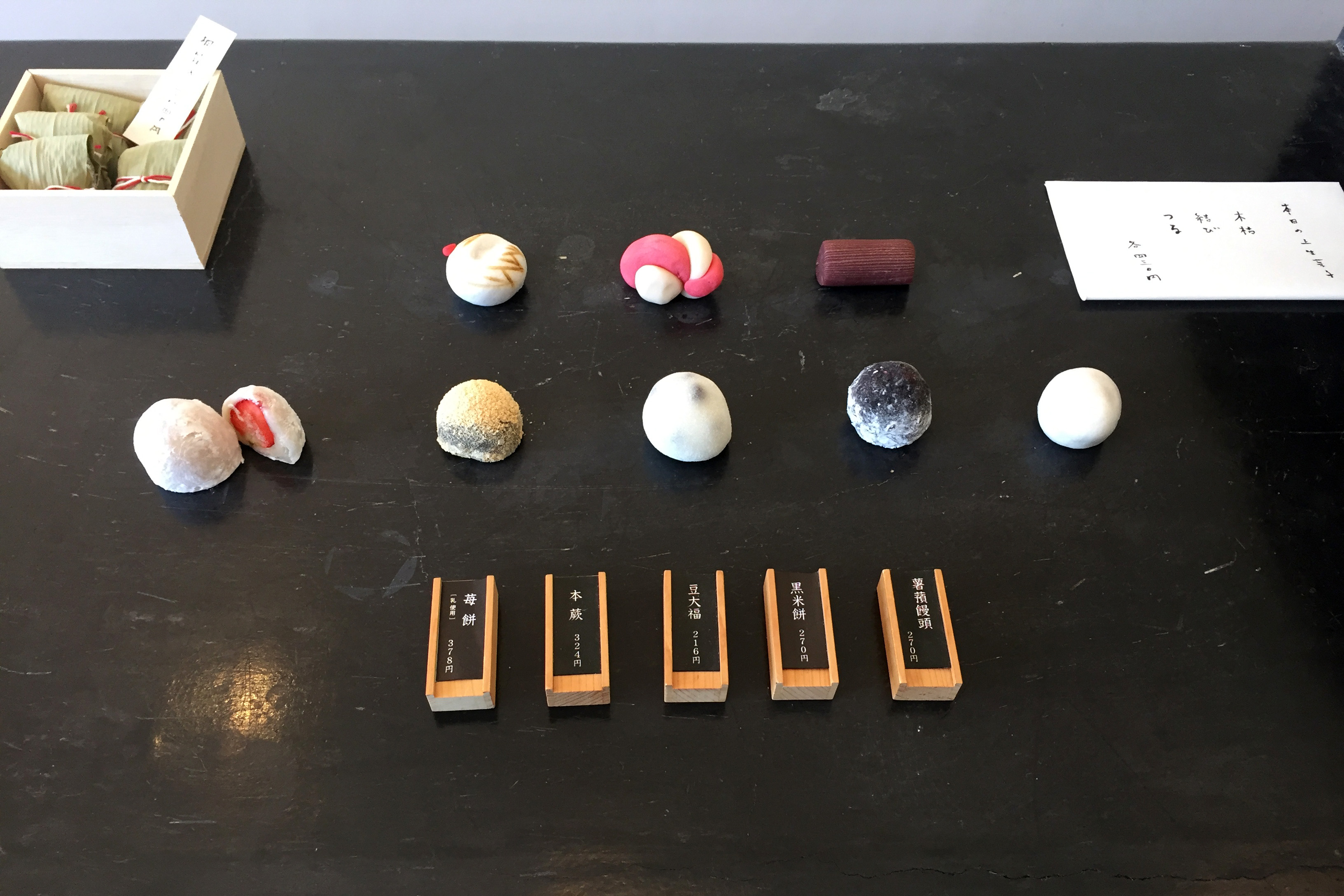
Convenience stores. These are microcosms of Japanese culture/ food culture, and the food is actually decent.
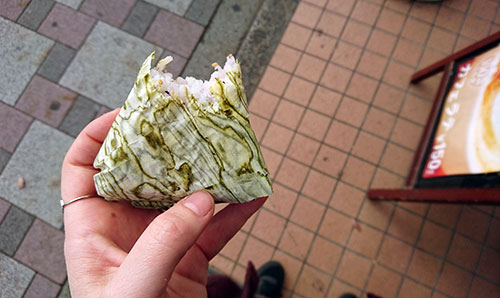
Shibuya crossing. Aka, the busiest pedestrian crossing in the world. Good to experience, even just once.

Dancing. Oath, Aoyama Hachi (next door to Oath), Bonobo, Solfa, Vent, Forestlimit, Space Orbit, Aoyama Zero, Sankeys, Circus, Vision, Contact, Shibuya Ball.
Sakeya (sake shop) - preferably one where you can stop for a drink :) Isego Honten in Nakameguro and Yanaka; Kimijiyama in Ebisu and Ginza; Kengyo (Ginza); Hasegawa Saketen (various locations).

Kogei (traditional crafts). Knives - try Kama-Asa at Kappabashi. Pigment – for kumanofude ink brushes, ink and pigment (and beautiful shop fitout by Tadao Ando); Washi paper - Ozu Washi in Nihonbashi, Itoya in Ginza.
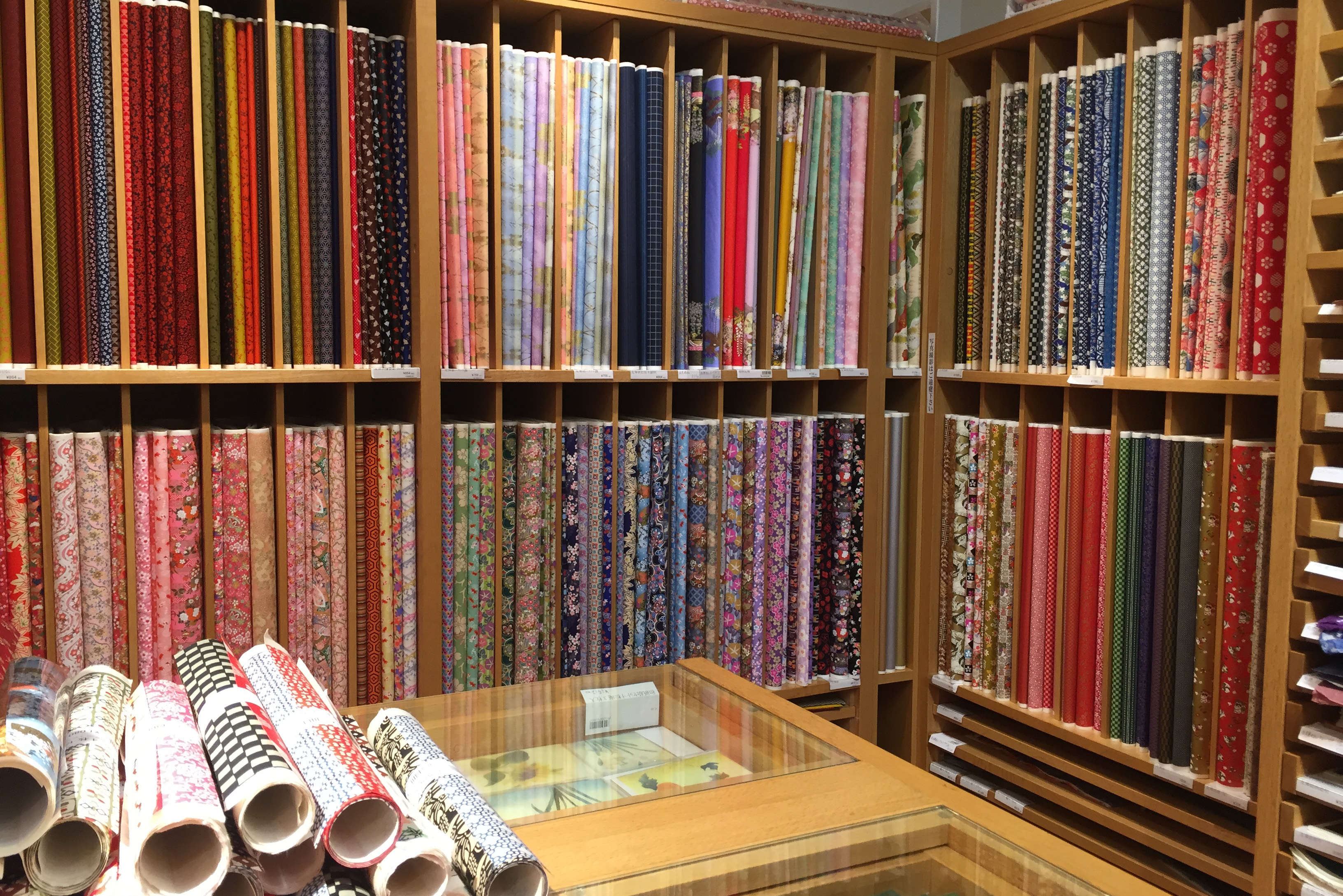
Shitamachi. Edo-era vibes in a part of Tokyo untouched by war or earthquakes and only a little touched by modern times. Visit Yanaka Ginza for tabe-aruki and street milk crate drinking, Scai the Bathhouse for a gallery-retrofitted sento, and Yayoi gallery for classic ukiyo-e prints. Alternatively, Katsushika – a great 1/2 day out in the outskirts of Tokyo. Beautiful traditional old template and tea house, Edo-style street filled with interesting traditional tabe-aruki (walk-eats).
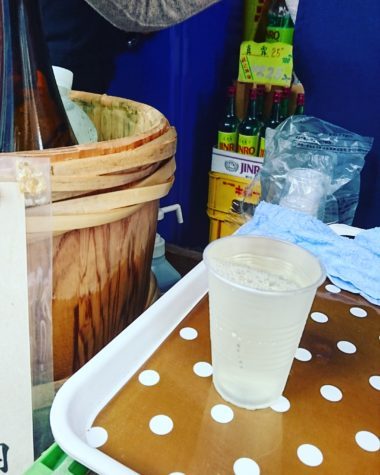
Live sport – sumo, baseball, soccer, rugby, whatever. Even if you don’t like sport, there’s interesting snack to be had. BYO in Japan. In summer, look out for spicy fried octopus legs and frozen sake beverages. In winter, hot sake and oden.

"Let's now suppose it's past three in the morning and even the bums are sound asleep, and I am here walking through the grounds of the Senso Temple with Yumiko. Dead ginko leaves flutter down, and we listen to the crowing of the cocks … Just at the neck of the gourd-shaped pond there is this little island, wisteria-trellised bridges extending from either bank. There, next to the fatsa bush under the weeping willow in front of the Tachibana fish stew shop, a large man is standing eating the wheat crackers that have been thrown to the carp in the pond."
- Yasunari Kawabata,The Scarlet Gang of Asakusa
- Yasunari Kawabata,The Scarlet Gang of Asakusa